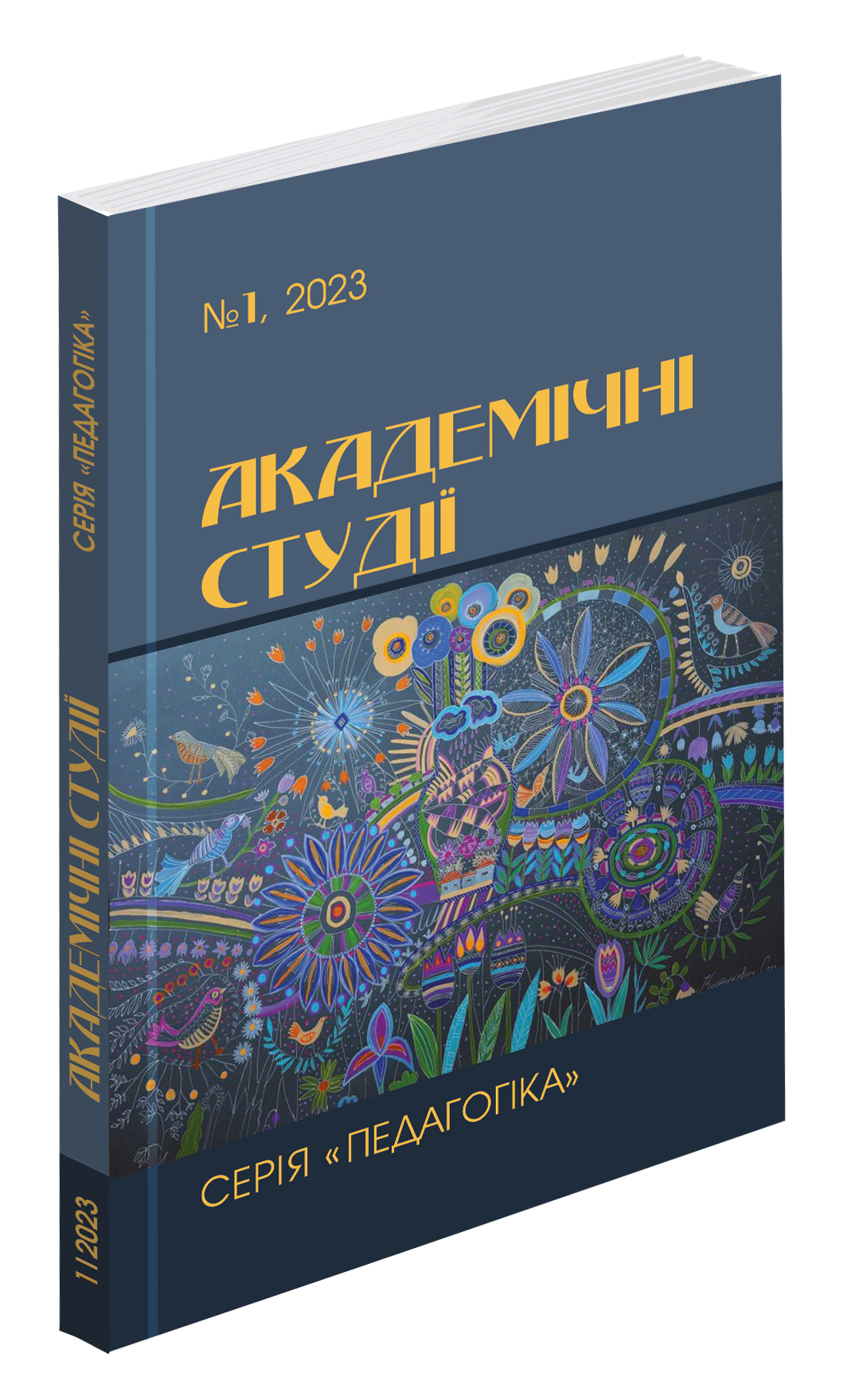Abstract
The article is devoted to the study of the essence of the concept of «educational infographics» in the context of use in the integrated educational course of the primary school «I explore the world». The purpose and tasks of educational infographics, their differences from visualization and ordinary visibility are determined. It was found that the main features of digital infographics are conventionality of images, their schematicity, structured information and aesthetic functionality. Different types of classifications of educational infographics are presented as one of the modern methods of visualizing educational information, in particular: static and dynamic infographics (according to the method of information presentation) are distinguished; unsaturated and concentrated (according to the degree of information saturation), etc. The services and tools for creating digital educational infographics were analyzed, among which Google services, Microsoft PowerPoint computer program and Canva online service are the most popular. The peculiarities of the use of infographics in the process of integration of science, informatics and mathematics educational fields with the aim of forming the relevant competencies of the individual are revealed. Intelligence maps and mental maps are considered as one of the types of digital infographics under the conditions of their creation by means of information and communication technologies or with the help of online services. It has been proven that the advantage of such maps is their pedagogical universality, which consists in the possibility of use during the implementation of tasks in any educational field. Digital infographics are presented in the form of visual pedagogical communication, which aims to fulfill the tasks of teaching younger schoolchildren. Pedagogical potential and effectiveness of educational infographics are determined in view of innovative changes in the system of primary education. Prospects for further scientific research are outlined, taking into account the advantages and disadvantages of using digital infographics in the integrated course «I explore the world».
References
Вовк О. В., Черемський Р. А. Інфографіка як ефективний засіб навчання. Системи обробки інформації. 2017. Вип. 4 (150). С. 199–205. DOI:10.30748/soi.2017.150.41.
Державний стандарт початкової освіти: затверджено постановою Кабінету Міністрів України від 21 лютого 2018 р. № 87. URL: https://www.kmu.gov.ua/npas/pro-zatverdzhennya-derzhavnogo-standartu-pochatkovoyi-osviti (дата звернення: 01.02.2023).
Кондратюк С. Ю. Інфографіка як засіб візуалізації навчального процесу. Навчально-методичний посібник. Черкаси : КНЗ «ЧОІПОПП ЧОР», 2018. 36 с.
Копняк Н. Б. Крупська Т. О. Ментальні карти як засіб візуалізації навчального матеріалу у початковій школі. Молодий вчений. 2019. № 5.2 (69.2). С. 148–153.
Rybalko O. O., The creation and use of interactive spreadsheets on lessons of mathematics in primary school. Information Technologies and Learning Tools. 2016. Vol. 53, No. 3, P. 38–48. https://doi.org/10.33407/itlt.v53i3.1373.
Цехмістрова А. І., Олефіренко Н. В. Інфографіка у освітньому процесі. Науково-дослідна робота студентів як чинник удосконалення професійної підготовки майбутнього вчителя. Збірник наукових праць. Харків : Харків. нац. пед. ун-т ім. Г. С. Сковороди, 2020. Вип. 19. С. 117–121.
Шахіна І. Ю., Ільїна О. І. Створення інфографіки за допомогою сучасних інтернет-сервісів. Наукові записки. Серія: Проблеми методики фізико- математичної і технологічної освіти. 2015. Вип. 8 (ІІ). С. 58–64.
Як вчителю навчити учнів працювати з інфографікою на уроках. Освіторія : веб-сайт URL: https://osvitoria.media/experience/yak-navchyty-uchniv-pratsyuvaty-z-infografikoyu-na-urokah/ (дата звернення: 28.01.2023).

